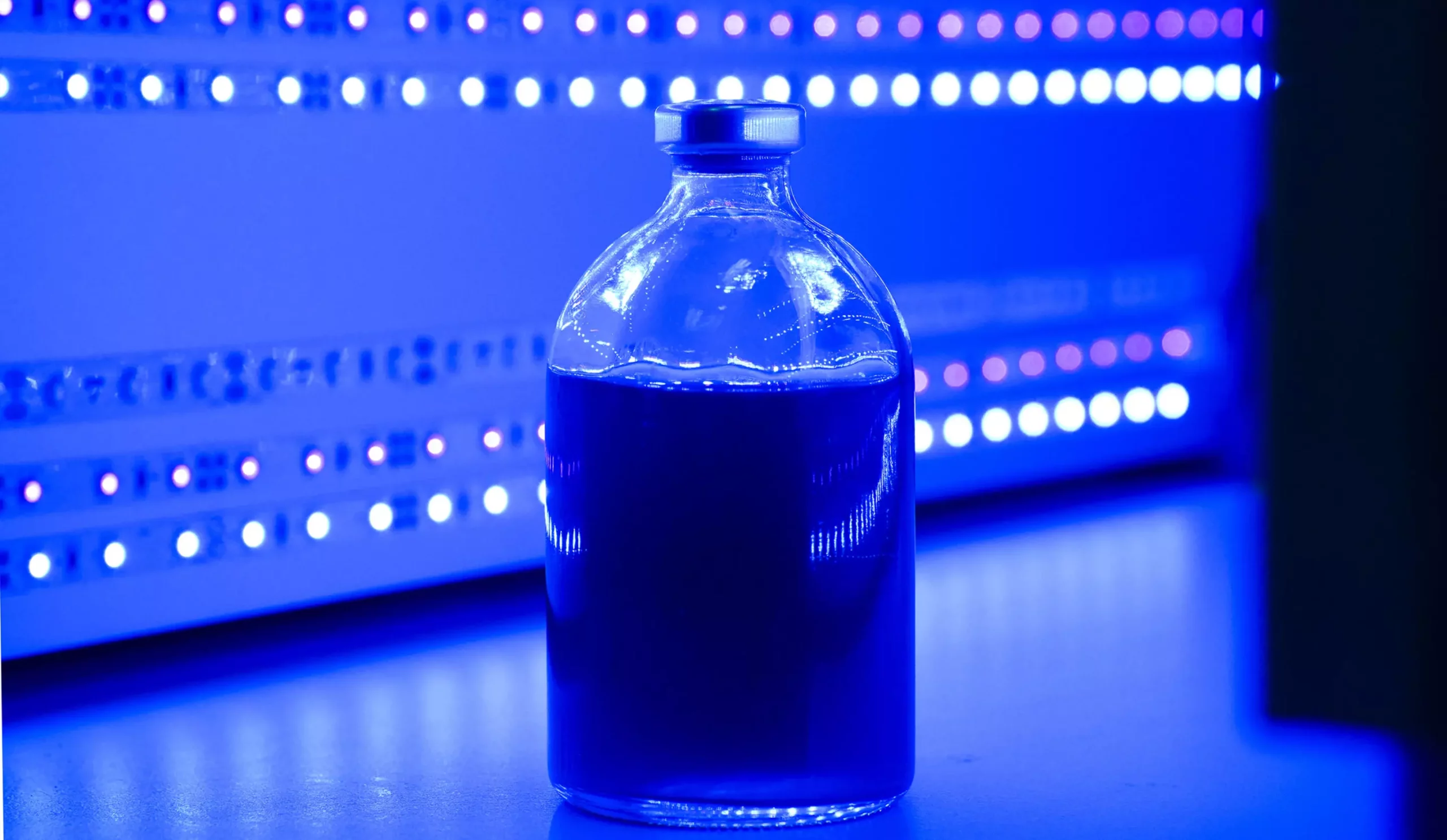

In a recent study conducted by a team of researchers in Marburg, Germany, led by Max Planck scientist Johannes Rebelein, the substrate specificity and preferences of nitrogenase enzymes have been thoroughly investigated. Nitrogenases are crucial enzymes that provide all forms of life with bioavailable nitrogen in the form of ammonia (NH3) and have the ability to convert CO2 into hydrocarbon chains. These findings challenge the current understanding of nitrogenases and shed light on their potential for sustainable bioproduction.
Nitrogen is a fundamental building block of cells, yet most of the nitrogen on Earth exists as gaseous N2, which is chemically unusable by cells. Only a specific family of enzymes, known as nitrogenases, can convert N2 into the bioavailable form of ammonia (NH3). However, the research led by Johannes Rebelein has revealed that some nitrogenases can also catalyze the reduction of CO2 to produce hydrocarbons like methane, ethylene, ethane, and formic acid.
The researchers focused their attention on the photosynthetic bacterium Rhodobacter capsulatus, which possesses two isoenzymes of nitrogenase: the molybdenum (Mo) nitrogenase and the iron (Fe) nitrogenase. Through biochemical tests, they found that the Fe nitrogenase is three times more efficient in reducing CO2 compared to the Mo nitrogenase. Additionally, when both enzymes were exposed to CO2 and N2 simultaneously, the Fe nitrogenase displayed a preference for CO2 as a substrate, while the Mo nitrogenase selectively reduced N2.
The study’s findings have significant implications for sustainable bioproduction, as the Fe nitrogenase’s lower specificity and preference for CO2 make it a promising candidate for the development of novel CO2 reductases. This unexpected discovery challenges the traditional view of nitrogenases as solely nitrogen-converting enzymes and highlights the potential role of photosynthetic bacteria like R. capsulatus in driving biotechnological processes for a sustainable circular economy.
The comprehensive insight provided by the research team led by Johannes Rebelein into the substrate specificity and preferences of nitrogenase enzymes has opened up new avenues for utilizing these enzymes in biotechnological processes. By understanding how nitrogenases can efficiently convert CO2 into valuable hydrocarbons, we may be able to harness their potential for sustainable bioproduction and contribute to the transition towards a more environmentally friendly economy.
In the realm of software development, the ability to swiftly and accurately address bugs is…
The realm of quantum computing and communication is not just an abstract dream anymore; it…
In a remarkable leap for the field of material science, a collaborative research initiative has…
Throughout Earth's vast history, our planet has endured five major mass extinction events that reshaped…
Rainfall is a vital element of our planet’s hydrological cycle, yet many aspects of its…
On a night when the universe aligns, a mesmerizing phenomenon awaits: the appearance of the…
This website uses cookies.